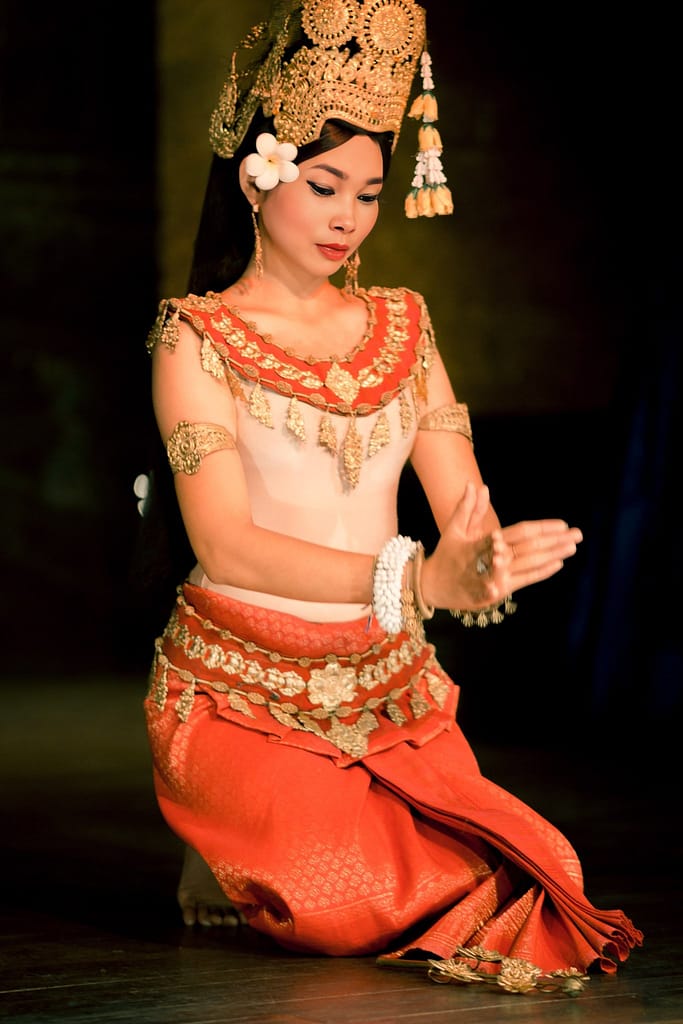When we think of Southeast Asia, images of vibrant markets, stunning temples, and rich cultural traditions often come to mind. These aspects of Southeast Asian cultures have been shaped and influenced by many factors, and one of the most significant is Buddhism.
Buddhism, with its core principles of karma and dharma, has had a profound impact on the region’s art, architecture, social customs, and religious practices. Let’s explore how Buddhism has shaped the cultures of Southeast Asia and why its influence continues to endure.
The Concepts of Karma and Dharma
At the heart of Buddhism are two fundamental concepts: karma and dharma. Karma refers to the belief that our actions have consequences, both in this life and in future lives. It emphasizes the importance of leading a moral and ethical life to achieve positive outcomes.
Dharma, on the other hand, refers to the teachings of the Buddha and the path to enlightenment. It encompasses the principles of right conduct, mindfulness, and the pursuit of wisdom. The practice of dharma is central to the lives of Buddhist followers in Southeast Asia.
Buddhist Art and Architecture
The influence of Buddhism on Southeast Asian art and architecture is evident in the region’s iconic temples and sculptures. From the majestic Angkor Wat in Cambodia to the serene Borobudur in Indonesia, these structures showcase the intricate craftsmanship and devotion of the people.
Buddhist art often depicts scenes from the life of the Buddha, bodhisattvas, and other enlightened beings. The use of vibrant colors, intricate carvings, and symbolic motifs is a testament to the spiritual significance of these artworks.
Social Customs and Festivals
Buddhism has also shaped the social customs and festivals of Southeast Asian cultures. In countries like Thailand, Myanmar, and Laos, the practice of giving alms to monks is a common sight. This act of generosity is believed to bring merit and good fortune to the giver.
Moreover, Buddhist festivals such as Vesak and Songkran are celebrated with great enthusiasm across the region. These occasions provide an opportunity for people to come together, make offerings at temples, and engage in acts of compassion and kindness.
Religious Practices
Buddhism is deeply ingrained in the daily lives of people in Southeast Asia. Temples serve as spiritual sanctuaries where individuals can meditate, seek guidance from monks, and participate in religious ceremonies.
Monasticism is also an integral part of Buddhist practice in the region. Young men often enter monastic life for a period of time to gain spiritual insights and cultivate virtues. This tradition contributes to the preservation and transmission of Buddhist teachings.
The Enduring Legacy
Despite the passage of time and the influence of other religions and ideologies, Buddhism has managed to maintain its relevance in Southeast Asian cultures. Its teachings continue to guide individuals in leading meaningful lives and finding inner peace.
The enduring influence of Buddhism on Southeast Asian cultures is a testament to the power of its principles and the devotion of its followers. As we marvel at the beauty of the region’s temples and immerse ourselves in its rich traditions, let us appreciate the profound impact that Buddhism has had and continues to have on the vibrant cultures of Southeast Asia.



